Tools For Metal and Gold Detecting
Tools For Metal and Gold Detecting
Gold Detecting almost belongs in a class by itself, as the metal detector is just one of many tools used in seeking that precious metal. A whole different set of equipment comes into play. For the purposes of this article , gold detecting gear refers to equipment used in finding gold flakes, gold nuggets, and gold ore.
That being the case, you will want to research whether or not your physical location offers any possibility for success. Your best chances are in known gold deposit areas, in rivers and lakes in their vicinity, and in dry lake beds and arroyos with A history of water, again in gold bearing areas.
Geologically speaking, gold is found in quartz deposits, near gold and copper mines, in areas with a volcanic history, including hot springs, and in sedimentary soils created by erosion from gold-bearing sites.
Coils for Standard Detectors
You can search for gold with pretty much any metal detector, but you will have better success with a machine dedicated to gold prospecting.
If you are using a standard detector you should be aware of the need for specific ground balance adjustments, because gold-bearing environments are often higher in minerals and iron oxide than regular soils. If your detector has motion sensing adjustments you’ll want to fine tune that as well.
If you’re serious about hunting for gold, a machine made specifically for that purpose is your best bet, Fortunately, gold detecting models come in all price ranges.
The standard coil that comes with your machine, usually 7 to 9 inches, will work fine for gold detecting . Once you’ve had some experience you’ll generally find that most of the targets are tiny. This means that a higher frequency or small coil will provide an advantage for you. You’re probably limited in frequency choices, but you can always find a small coil. They go down to just a few inches in diameter.
My personal favorite is the 4 to 6-inch coil, as this is a nice compromise between getting a focused search field and not having to swing your detector a bazillion times just to cover a 10 by 10-foot plot.
Pans, Classifiers and Other Gold Detecting Accessories
Before you set out into the field it’s wise to be prepared with the right equipment. As mentioned already, most of what you’ll find are tiny specs and flakes. To sort this from the much more voluminous rocks, you need:
- A good gold pan.
- A set of tweezers.
- A “snuffer” bottle and storage vials.
- Picks and scrapers.
A simple gold pan works well, though experienced users prefer the green or blue colored pans, as it’s easier for gold detecting in those shades. Sometimes you can retrieve the smaller specs with a tweezers, but most folks use a snuffer bottle, sometimes referred to as a sniffer bottle.
This is soft plastic bottle with a pointed intake. You squeeze the air out and as it returns to its normal shape it sucks in the air and the gold with it. Then you transfer it to a storage vial.
For picks and scrapers you can use an old flat-head screwdriver to ferret out gravel and sand caught in bedrock along a stream.
For just few dollars more you might prefer a fancy pan with rills, ribs, and ridges that help trap the heavier particles. That same function is aided by screens of various mesh sizes, classifiers, which sort the soil by pebble size. Some kits have up to 9 different mesh sizes, but just two or three is all you need; one large size mesh and another for finer gravel, say a #4 mesh with 1/4” holes and a #20 with 1/20” holes. The larger rocks in the #4 classifier you just toss out by hand, giving a quick scan for quartz that might have gold embedded in it.
Sometimes in your search you’ll find what they call “black sand,” which is a good thing, because it contains the heavier particles that generally congregate with gold. If you have a lot of black sand, use a magnet to separate it out from the gold. Use a coated or covered magnet. A plastic scoop is handy too, so you can scan the scoop for gold with the detector coil.
Sluices and Hand-power Pumps for Gold
Panning for gold is fun, especially if you are teaching children about prospecting. The downside is that you’re lucky to find just a few tiny specs of the precious metal. The next level up involves using somewhat more advanced equipment to process more sand and soil in order to take home a bigger payload.
The Sluice
A sluice is a long metal channel that you place in a stream using the flow of the water to separate gold out from the sand and gravel that you feed in at the upstream end of the contraption. A small sluice is generally about 10-inches wide and 2 to 3-feet long.
It has rubber or plastic ridges, or riffles, along the base that snag the heavier particles, including gold, while the flow of water pushes the lighter material back into the stream.
You generally shovel river sediment and soil piecemeal into the front of the sluice and, with a sharp eye and a quick hand, remove the larger rocks as you go.
You’ll need to adjust the downward slope of the sluice so that the water provides enough energy to push out the lighter rocks away, but slow enough that it traps the gold detecting in the bottom mat. With any luck, you’ll start to find tiny flakes of gold and small nuggets getting trapped in the ridges.
In practice, most prospectors use a shovel and buckets to carry the gravel from nearby sites to the sluice and process it one scoopful at a time.
More specialized and bigger sluices employ multiple stages of riffles to better sort out the wheat from chaff.
The Hand-Powered Dredge for Gold Prospecting
The hand-powered dredge is akin to the Super-Soaker water blasters that you see kids using in pools and water fights. There are many variations to this device and many names, such hand dredge, PVC suction, or Yabbie pump.
The idea is to pull back on a plunger to suck up water and sand from the creek bed, then squirt it into a gold pan or sluice to separate out the gold.
These pumps may sometimes include a narrow intake nozzle to reach into rock crevices, as well has built-in catch-basins which will store the heavier materials in a removable chamber.
The Rocker Box (Shaker Table, Cradle Deck, Dry Washer)
In an effort to improve on the simple sluice, the Rocker Box, sometimes called a shaker table, or gold cradle, allows you to clear sand and gravel a bit more efficiently, thereby speeding up the gold retrieval process.
The Rocker Box usually includes at least one level for screening the input, which is a form of classifying. You scoop material into the top of the box, vibrate the box using a wooden arm or rocker-shaped base.
When you pour water onto the top, the heavier material moves through the screens and onto a base that is much like your regular sluice. Then you can just pick out the gold nuggets and flakes.
Many prospectors dump the larger, discarded rocks into a pile and then scan that mound with the metal detector, just to check that some nuggets might have slipped through the process.
A Dry Washer is similar to the rocker box, but instead of using water to separate out the materials, a blower is used; often a hand-powered bellows. As the name implies, it uses air instead of water to classify materials. It does this by blowing air under a screen-lined hopper.
The lighter elements are blown away and discarded. The remaining material continues on down the sloping box. This variation is particularly useful in areas where there is little or no running water in which to run a stream-powered sluice.
The next level of commitment to gold prospecting is the addition of motors and pumps to help speed the process of separating gold detecting from its soil. I use the word ‘commitment’ because this improvement can come at a hefty price tag, depending on the amount of dirt you want to process. Essentially, the techniques are the same as for hand-operated sluices and dredges, but the power tools allow you to sift through a much greater volume of material in a speedier fashion.
Engines, Pumps and Powered Equipment for Gold
You can take most of the devices described so far and add power to take the load off your arms. You can use gas powered engines or electrical motors to get the job done. An alternative is to use a gas-powered electric generator to run machinery on 110 volts AC or 12 volts DC.
Engines and pumps are described separately because many hobbyists prefer to build their own equipment, such as dredges. See any of the do-it-yourself dredge videos on the popular video-sharing web pages. Watch out, though; sand, soil, and rocks are very abrasive, so hoses and pipes can wear out quickly. Figure 11 shows a stand-alone pump for a dredge.
Highbanker for Washing Lots of Rocks for Gold
A highbanker is similar to the rocker box, except pumped water is used to separate out gold from the lighter elements. A pump forces water into the top of the hopper, dumping the lighter material out a back chute. The water is sprayed into the hopper where you load shovels-full of dirt. There is no need to shake the box, as the heavier elements are washed down into the secondary area which operates much like a regular sluice.
Highbankers require a lot fine tuning during the set-up stage, as you have to regulate the flow rate of the water, the slope of the hopper, and the incline and leveling of the sluice area. The picture above with highbanker in operation. A pump pulls water from the river and sprays it into the upper hopper, while the pay-dirt is poured into the loading area.
Concentrators for Gold
Gold concentrators range from a modified gold pan with a water jet input to a commercial grade helical spiral machine. The basic idea is that centrifugal force separates out the gold detecting from lighter material. Think of it as mechanized gold panning.
Dredges for Gold
A gold dredge works by sucking water, sand, and soil from the bottom of a stream or beach and running it through a process to separate out the gold. Some dredges work from land while others have floats, so you can move the dredge along with you as you scour the bottom of a river.
The key consideration here is the size (diameter) of the intake hose, as this will determine the power requirements of the pump motor and characteristics of the tubing and classifying sections of the dredge. Dredges make gold processing much more efficient. The old adage “It takes money to make money” applies here, as this equipment can run into thousands of dollars.
Once you get into the realm of dredges, you are approaching that borderland of operation between being a hobbyist and full-scale gold prospector. In commercial jargon, they talk about “tons of dirt” to get one ounce of gold. In order to justify such expense, you will probably have to think about having access to a gold claim.

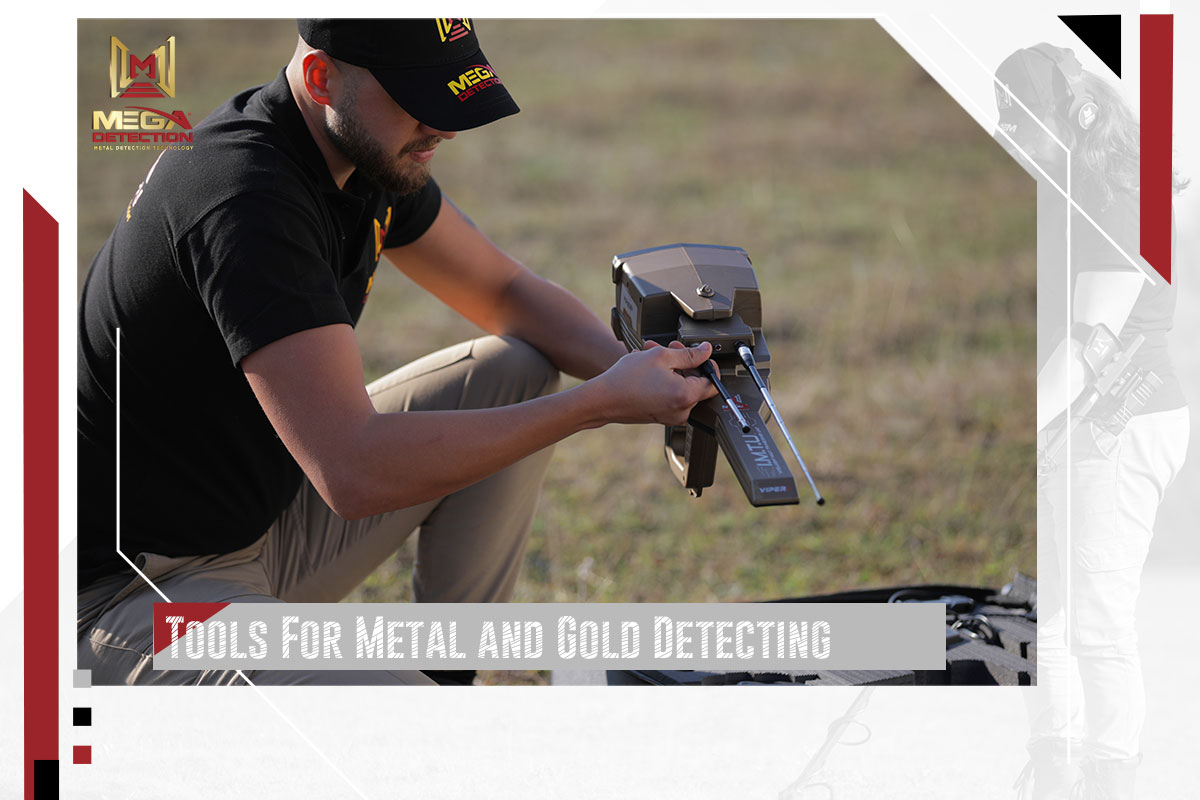

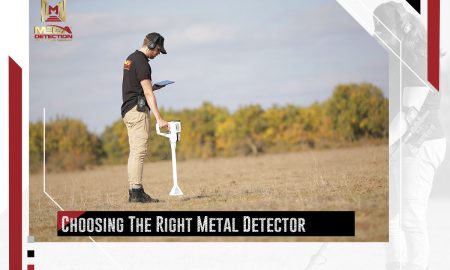

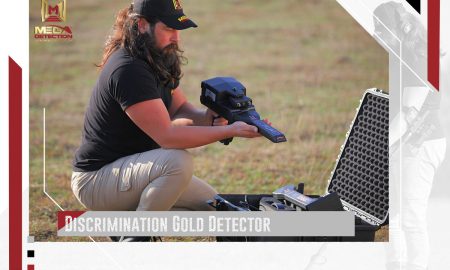



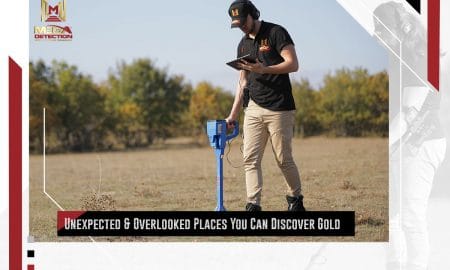
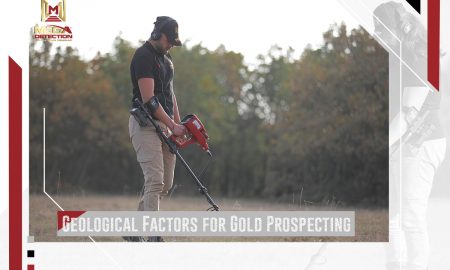

Leave a Reply